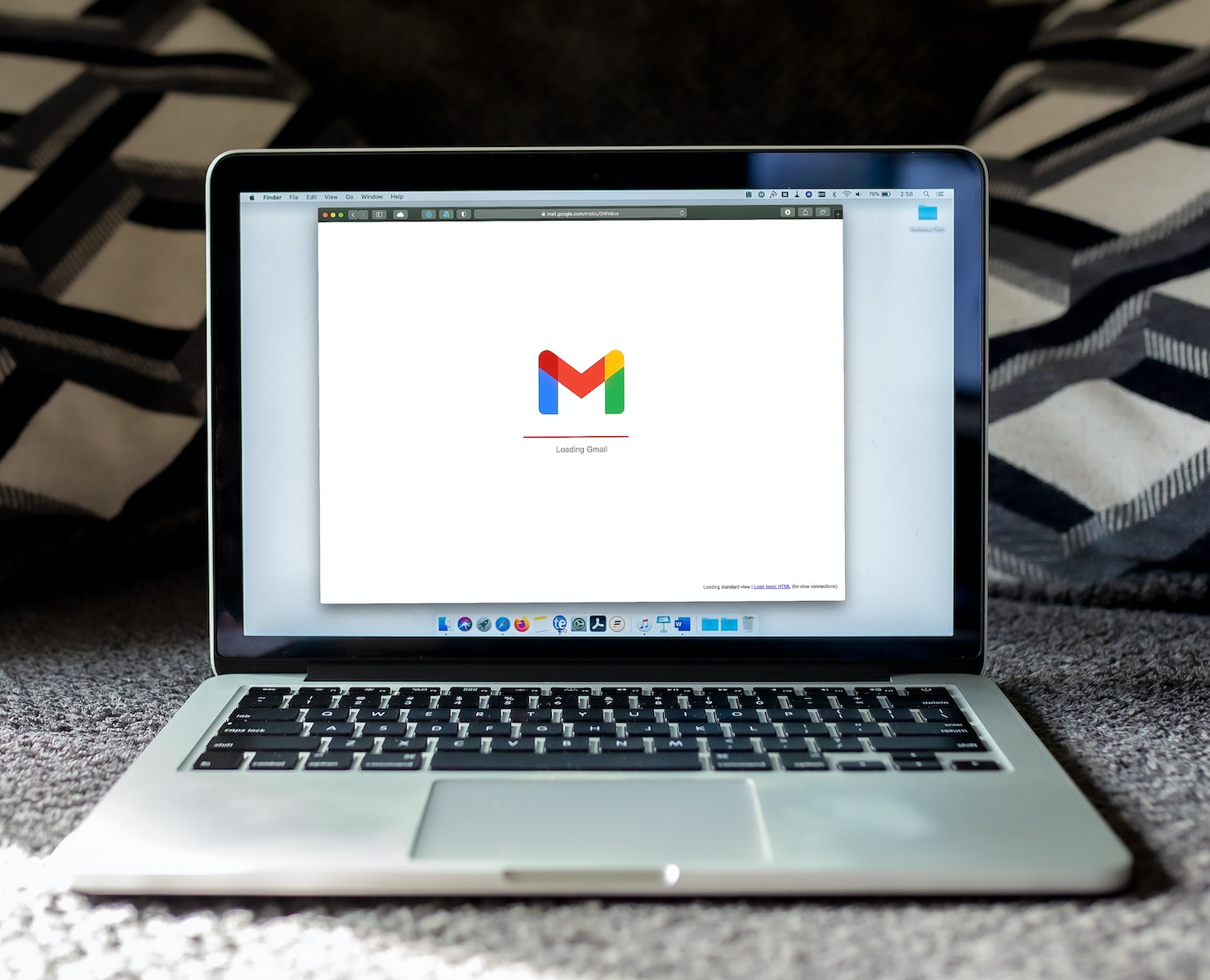For businesses looking to launch digital advertising campaigns, understanding the costs involved can be a daunting task. One of the most commonly used metrics in digital advertising is CPM, which stands for cost per thousand impressions. CPM is an important metric because it helps companies understand the cost of their advertising campaigns relative to the number of people who see their ads. In this article, we’ll demystify CPM and help you understand how it’s calculated, what factors influence it, and how you can use it to optimize your digital advertising campaigns. Whether you’re new to digital advertising or have been campaigning for a while,
What is CPM and what does it measure?
CPM is short for Cost per Thousand Impressions, where M is the Roman numeral for thousand. This is a metric used in marketing to measure the cost of displaying an ad to a thousand viewers. CPM is a measure of how much an advertiser pays for every thousand impressions of their ad. An impression is counted each time an ad is displayed to a user, whether or not the user interacts with it. The ad cost is divided by the number of impressions and then multiplied by a thousand to get the cost per thousand impressions. CPM is an important metric for advertisers because it helps them compare the cost of different ad campaigns and determine the most effective way to reach their target audience. VS’ is also important for publishers, who can use CPM to determine how much revenue they can generate by displaying ads on their website or app. Understanding CPM is essential for anyone involved in digital advertising, as it is a key metric for measuring the success of campaigns and ensuring advertising budgets are spent effectively.
How is CPM calculated?
CPM, which stands for cost per thousand, is an indicator used in marketing to determine the cost of an advertisement to reach 1,000 potential customers. CPM is calculated by dividing the total cost of the ad campaign by the number of impressions or views the ad receives, then multiplying that number by 1,000.
For example, if you run an ad campaign that costs $ 500 and the ad gets 50,000 impressions, your CPM will be calculated as follows:
CPM = (total campaign cost / number of impressions) x 1,000
CPM = (500 €/50 000) x 1 000
CPM = 10€
Therefore, your CPM for this campaign would be $ 10 per 1,000 impressions.
CPM is a useful metric for marketers because it allows them to compare the relative cost of different advertising campaigns and channels. It is important to note that CPM is not the only factor to consider when evaluating an advertising campaign, as other metrics such as click-through rates, conversion rates, and return on investment (ROI) are also important indicators of success.
The benefits of using CPM as a metric
Using CPM (cost per thousand) as a metric has many advantages. First of all, it is a universal indicator that allows advertisers to compare prices across different mediums such as television, radio and online advertising. This can help advertisers make informed decisions about which advertising channels to use based on each channel’s profitability.
Second, CPM is a useful metric for planning and budgeting advertising campaigns. Advertisers can use CPM to estimate the cost of reaching a specific audience size, which can help them set realistic budgets for their campaigns.
Third, CPM is a useful metric for measuring the effectiveness of an advertising campaign. By tracking the number of impressions and the cost per impression, advertisers can calculate their campaign’s CPM and use it to gauge the profitability of their ad spend.
Finally, CPM can help advertisers optimize their campaigns by identifying which placements and targeting options perform best. By tracking CPM for different placements and targeting options, advertisers can make data-driven decisions about how to allocate their advertising budget to maximize their return on investment. Overall, CPM is a powerful metric that can help advertisers make informed decisions, plan and budget campaigns, measure effectiveness, and optimize their ad spend.
The disadvantages of using CPM as an indicator
Although CPM can be an effective metric for measuring the cost of advertising, it has drawbacks. A major drawback is that it does not take into account advertising effectiveness or audience engagement. CPM only measures the cost of reaching 1,000 people, but it does not measure whether those people actually saw or participated in the ad.
Another disadvantage of using CPM is that it can be difficult to compare the cost of advertising across different platforms or channels. For example, the CPM of social media advertising may be different from the CPM of website or email marketing advertising. It can therefore be difficult for companies to determine which platform or channel is most profitable for their advertising efforts.
Additionally, CPM provides no insight into the actual return on investment (ROI) of an advertising campaign. Although it can be useful for comparing the cost of different advertising methods, it does not provide any information on the actual revenue generated by the campaign. For this reason, it is important to consider other metrics besides CPM when evaluating the success of an advertising campaign.
The difference between CPM and CPC
In the world of online advertising, two commonly used metrics are CPM and CPC. CPM stands for cost per thousand impressions, while CPC stands for cost per click. Although they may look similar, they are actually very different.
CPM is a metric used to measure the cost of advertising per thousand impressions. An impression is counted when an ad is displayed on a website or app, whether the user clicks on it or not. CPM is a good metric for brand awareness campaigns where the main goal is to get the ad to as many people as possible.
On the other hand, CPC is a metric used to measure advertising cost per click. This means that the advertiser only pays when a user clicks on the ad. CPC is a good metric for campaigns whose goal is to drive traffic to a website or app, or to generate leads or sales.
The main difference between CPM and CPC is the type of campaign they are best suited for. If the goal is to increase brand awareness, CPM is the way to go. However, if the goal is to generate traffic or to generate leads or sales, CPC is the better choice. It is important to understand the difference between these two metrics so that advertisers can make informed decisions about their advertising campaigns and choose the right metrics to measure their success.
The difference between CPM and CPA
It’s easy to confuse CPM with other marketing metrics like CPA (cost per acquisition). While CPM measures the cost of 1,000 ad impressions, CPA measures the cost of acquiring a customer.
CPA is an indicator generally used to measure the success of a campaign. For example, if you’re running a Facebook ad campaign, you can measure CPA by dividing the total cost of the campaign by the number of conversions (purchases or signups) it generated. This gives you the average cost per acquisition.
On the other hand, CPM is used to measure the cost of getting your ad in front of a thousand people.
It is important to understand the difference between the two metrics as they are used to measure different aspects of marketing campaigns. While CPA helps you identify the cost of acquiring a customer, CPM helps you measure the cost of delivering your ad to your target audience. By understanding these metrics, you can better gauge the success of your marketing campaigns and optimize them for better performance.
How to use CPM to optimize your advertising campaign
Using CPM (cost per thousand) is a great way to optimize your ad campaign because it allows you to track your ad spend against the number of impressions your ad received. By using CPM, you can identify which ads are generating the most impressions and adjust your ad spend accordingly to optimize your campaign.
To start using CPM, you need to set clear goals for your advertising campaign. This can range from increasing brand awareness to generating sales or leads. Once you’ve set your goals, you can use CPM to track your ad spend against the number of impressions your ad received.
You should also look at your CTR (click-through rate) to know how many people are clicking to your website from your ad. This will help you identify which ads are generating the most engagement from your target audience.
Another important factor to consider when using CPM is your ad placement. You should test different ad placements to see which ones get the most impressions and clicks. For example, you may find that ads placed at the top of a website generate more clicks than those placed at the bottom of the page.
By using CPM in this way, you can optimize your advertising campaign to generate the best possible results for your business. It lets you track your ad spend against your goals, identify the most effective ads, and adjust your strategy accordingly to get the most out of your investment.
How to improve your CPM
Improving your CPM can be a complex process, but you can take a few simple steps to see a positive impact on your metrics. The first step is to optimize the content of your ad. This means creating visually appealing and appealing advertisements that will capture the attention of your target audience. Your ad should be relevant to your audience and communicate your message clearly. The more clicks and interactions your ad generates, the higher your CPM will be.
Another way to improve your CPM is to target your ads to the right audience. By understanding the demographics, interests, and behaviors of your audience, you can create ads that are more likely to resonate with them. This will increase the likelihood that they will interact with your ad, which will result in a higher CPM.
Additionally, you can improve your CPM by optimizing your bidding strategy. It’s important to strike the right balance between bidding too much and spending too much, or bidding too low and not getting enough impressions. By testing and adjusting your bidding strategy, you can find the sweet spot that will get you the highest possible CPM.
Finally, it is important to regularly monitor and analyze your CPM metrics to identify areas for improvement. Use data to make informed decisions and adjust your strategy as needed. By continuously optimizing your ad content, targeting, bidding, and analytics, you can improve your CPM and get better results from your ad campaigns.
When to use CPM in combination with other indicators
CPM is a crucial indicator in the advertising field and can provide valuable information on the performance of your campaigns. However, it is important to remember that CPM should not be used in isolation and should be combined with other metrics to get a more complete view of the success of your ad campaign.
For example, you might want to combine CPM data with click-through rates (CTR) to better understand how engaged your audience is with your ads. A high CPM combined with a low CTR may indicate that your ads are not resonating with your target audience and may need adjustment.
You can also combine CPM with conversion rates to see how many people actually take action after seeing your ad. This can help you determine if your ads are not only viewable, but also driving real business results.
Additionally, it’s important to consider other factors such as the quality of your ad creation, targeting, and placement when analyzing the performance of your campaigns. By using CPM in combination with other metrics and considering these important factors, you can better understand what’s working and what’s not in your advertising efforts, and make data-driven decisions to improve your return. on investment.
Conclusion: Is CPM the right metric for you?
In conclusion, CPM is a widely used metric in the advertising industry and can be useful in measuring the cost-effectiveness of a campaign. This is especially useful when comparing the costs of different advertising channels or campaigns with different goals. However, this may not be the right metric for every situation.
Before deciding to use CPM to measure the effectiveness of your campaign, it’s essential to determine what your goals are, who your target audience is, and what actions you want them to take. For example, if your primary goal is to increase brand awareness or drive traffic to your website, CPM can be an effective metric to track. However, if your goal is to drive conversions or sales, CPM might not be the best metric to use. Instead, you can consider metrics like CPC (cost per click) or CPA (cost per acquisition).
Ultimately, it’s important to choose the metric that aligns with your campaign goals and helps you make data-driven decisions. By understanding the pros and cons of CPM, you can make an informed decision if it’s the right metric for your ad campaign.










